Renewable Energy: AWS Waveswing Put to the Test
Inverness-based AWS Ocean Energy announced encouraging results from the current phase of sea trials of its wave energy device at the European Marine Energy Center (EMEC) in Orkney.
In a key highlight of the scientific testing programme to date at EMEC’s Scapa Flow test site, the Waveswing wave energy converter captured average power over 10kW and peaks of 80kW, during a period of moderate wave conditions. These figures exceeded the developer’s own predictions by 20%.
Other key findings underline the survivability potential of the subsea Waveswing which continued to deliver power in poor weather conditions. AWS demonstrates this in a simple but highly effective video clip, shot during Force 10 gales, showing a steel nut suspended on a string inside the device.
The testing program also demonstrated that deployment of the Waveswing from sitting on the quayside to being installed and fully operational is possible in under 12 hours. The current phase of sea trials is scheduled to complete by the year end and AWS is looking to re-deploy for further testing early in 2023.
“These figures underline our strong belief that Waveswing is the real deal," said Simon Grey, CEO, AWS Ocean Energy. "While we have always been confident about the performance potential of the Waveswing, it is wonderful to see that confidence endorsed by real data. We believe this performance compares very favourably with equivalent figures for any previous wave device tested on the same site. We are now actively seeking discussions with commercialization partners, other end users and anyone who is genuinely interested in developing commercial wave power. This includes for example sponsored testing programmes, so that partners can get to know the Waveswing and its potential up close.”
When installed, the 50 tons, seven-metre high, four-meter diameter device is moored to a gravity-base anchor on the seabed using a single tension tether and sits around three metres below the surface. The Waveswing generates energy by reacting to changes in pressure caused by passing waves. The subsea location and ability to winch low in the water column allows extreme storm loadings to be avoided so that the device can continue to operate in rough sea conditions. The Waveswing is also designed to react to long ocean swell waves as well as short, wind-driven seas, for high energy capture.
The £3.4 million prototype development project has been funded by Wave Energy Scotland (WES), as part of the Novel Wave Energy Converter development program. The demonstration at EMEC is also supported by the Interreg North-West Europe’s Ocean DEMO project.
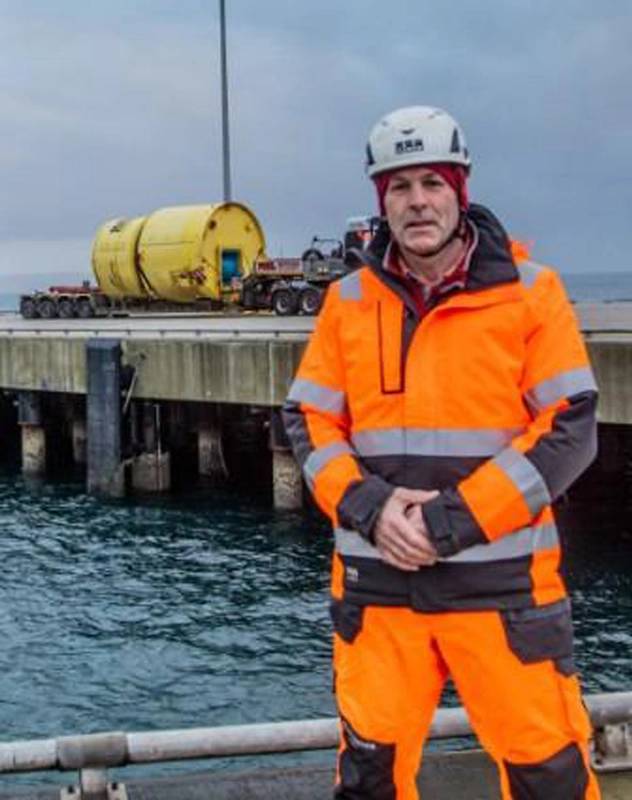 “These figures underline our strong belief that Waveswing is the real deal," said Simon Grey, CEO, AWS Ocean Energy. Image courtesy AWS Ocean Energy
“These figures underline our strong belief that Waveswing is the real deal," said Simon Grey, CEO, AWS Ocean Energy. Image courtesy AWS Ocean Energy


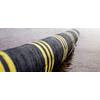
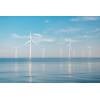
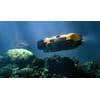
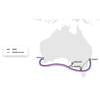
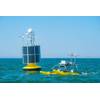







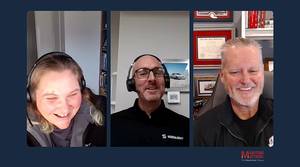



 December 2025
December 2025



